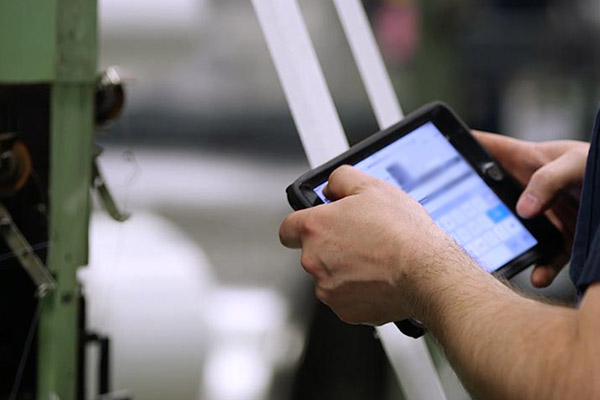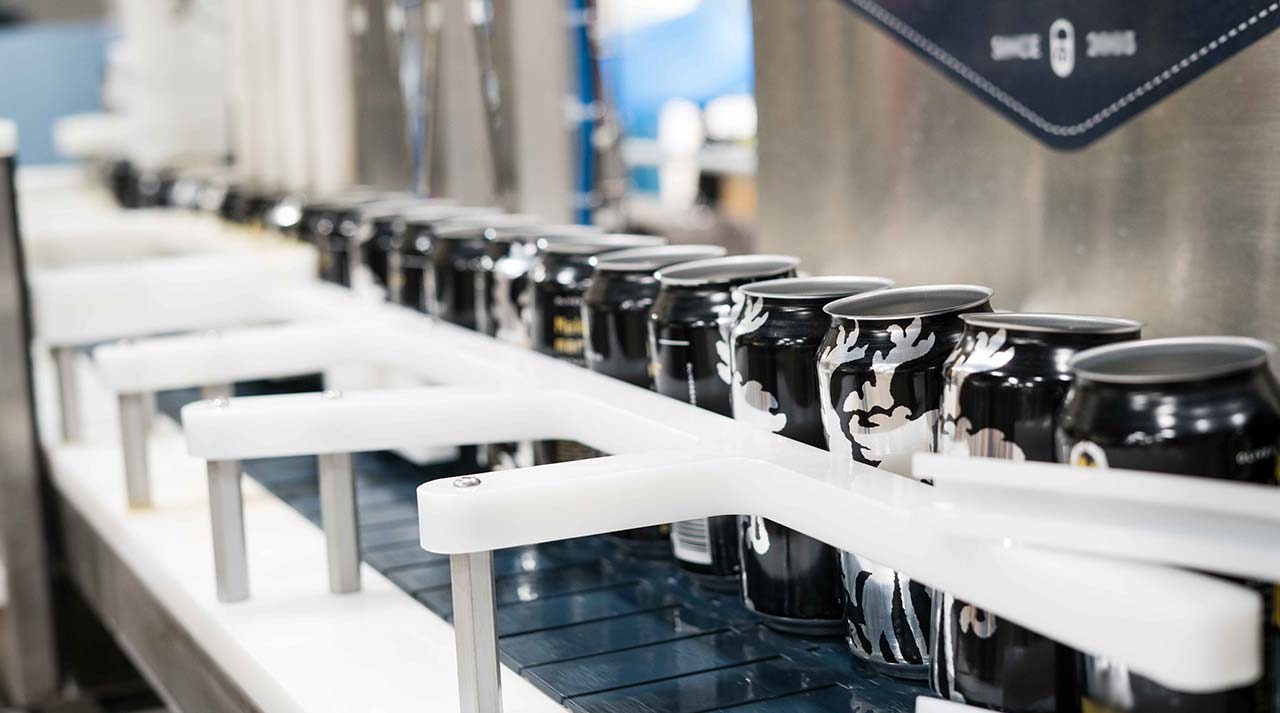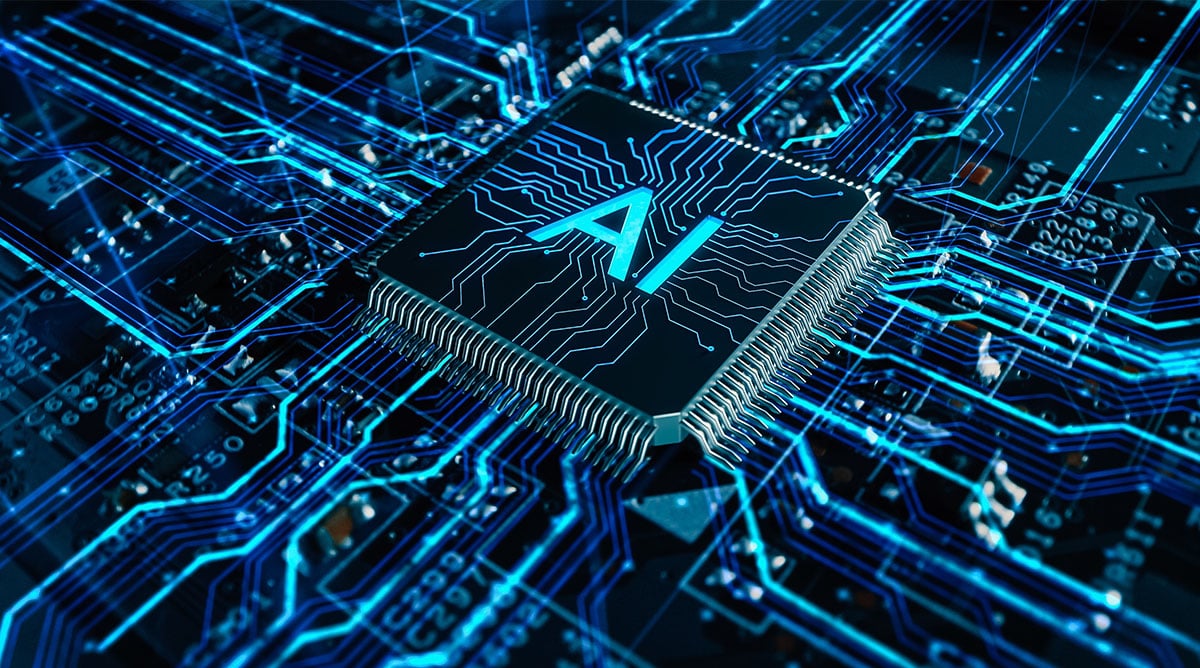Manufacturing high-quality products at minimum cost is the goal for most companies. Industry 4.0 initiatives promise to get us closer to this dream than ever before. Despite being in varying stages of implementing a digital strategy and digitising operations, many in the manufacturing industry are seeing the huge opportunities these initiatives offer. One of the most talked about initiatives is artificial intelligence (AI).
Manufacturing industries investing in artificial intelligence technology are predicted to see an estimated 18 percent annual revenue growth, according to a report by Mckinsey’s Global Institute. There’s many potential benefits of AI in manufacturing, transforming current processes and allowing for faster production. Let’s look a bit more closely at three of these benefits of AI in manufacturing. As the term AI can mean slightly different things to different sectors, in this blog I’ll keep the focus on how AI relates to food and beverage manufacturing.
Benefit 1: improved product quality
Maintaining consistent product quality is a significant challenge for the food and beverage sector. Using machine learning can maintain higher levels of product quality overall, while enabling faster quality checks through visual inspection.
Video and image recognition tools can detect and analyse products in real-time, determining whether a product passes the quality check based on the input specifications. These tools can determine a pass/fail outcome for a range of needs, such as packaging fill levels and label placement.
Image recognition tools are now much more accessible and cloud based, with companies such as Amazon releasing their own version — Amazon Rekognition — in their cloud platform, Amazon Web Services. Greater accessibility and cloud based platforms mean implementing these initiatives is easier – it doesn’t necessarily require a huge overhaul of current processes, or a large-scale installation within your plant or heavy investment to get started.
Machine learning and AI can actually be enabling tools helping to improve the process further upstream as well — by allowing teams to identify root cause issues.
How does AI help:
- Maintains a high accuracy of visual inspections
- Detects quality issues in real time
- Can help to identify a root cause of quality issues, improving future production processes.
Benefit 2: greater efficiency for maintenance
The ability to predict issues in machinery performance before they arise can make a huge difference to a manufacturer’s bottom line. McKinsey believe predictive maintenance has the potential to increase asset availability and to reduce maintenance costs by between 18 to 25 percent.
Through the use of sensors and data on past performance comes the ability to anticipate possible failures, allowing action to be taken before the equipment fails. For example, sensors can be used to monitor machine vibration and trigger an alert when the vibration range changes.
 Condition morning solutions can be used to monitor equipment health and alert operators
Condition morning solutions can be used to monitor equipment health and alert operators
if there is a change in behaviour.
Condition-monitoring solutions like FitMachine have become popular because they simply attach to the machine and communicate operating data to the cloud, where it can be analysed and used to monitor equipment health, triggering an alert if abnormal performance is detected. These types of tools use AI to take the guesswork out of predicting maintenance issue and deliver alerts as required, instead of someone investigating logs. That means staff are free to focus on other operational areas.
What does all this mean?
An AI system can take sensor data and the machine’s history to predict when maintenance should be performed — allowing it to be scheduled appropriately to minimise breakdowns — delivering cost-savings over time.
Integrating data analysis tools, such as Seeq, can also be used to track what the ideal production process looks like (often referred to as a ‘golden batch’). For example, you may know that if equipment is becoming too hot, this impacts the outcome of the product. Taking that information to build an ideal ‘temperature range’ for the equipment means it can be monitored and the data analysis tool can trigger an alert with the temperature increases above the ideal range.
How does AI help:
- Cost reduction through predictive maintenance – enables process improvements, minimises unplanned breakdowns and downtime
- Recognises patterns of imperfection or production anomalies and triggers an alert when there is an issue
- Reduces wastage that can occur due to breakdowns.
Benefit 3: actionable insights from sensor data
Most manufacturing equipment in use is already collecting lots of data, but it starts to add value to operations when you have a way of making sense of it all.
Using sensors to capture and correlate information relevant to the task, such as temperature or throughput data, enables process improvements. The benefit of an AI tool comes from taking real-time sensor data and combining it to extract insights and improve situational awareness.
With an AI or machine-learning tool integrated, it takes the raw data to begin identifying patterns and recommending actions to improve efficiency. For companies that operate across multiple production sites, or with different shifts, this ability to compare operational conditions and draw insights is hugely valuable.
It’s important to have business intelligence solutions in place to gain this insight, as they capture performance data that AI technologies can use to identify patterns. These solutions allow the capture of a wider business picture — allowing insight not just into equipment, but energy usage and efficiency of the production line. You can also derive more comprehensive insight into product quality metrics and begin combining other sources of data such as customer feedback and supply chain efficiency.
Your Nukon consultant can recommend the right analytics solution to help draw this information together and start planning for improvements.
How does AI help:
- Extracts patterns and identifies opportunities from raw data
- Can be used to monitor operational conditions and allows for adjustments to be made for optimal production
- Can analyse the production cycle and identify which factors influence output.
Is artificial intelligence a game-changer for your business?
Assessing how your business currently operates is always valuable, because you’ll always identify areas that could be improved.
All food and beverage organisations can benefit from reducing operating costs and reduced risks. Machine learning and AI tools offer huge promise in this area – from performing visual inspections to monitoring essential manufacturing equipment. The ability to detect quality issues, or even the wrong packaging on a product, through image recognition tools, can dramatically reduce the risk a reputation-damaging (and costly) recall.
The capability to continuously improve and to optimise operations is more than enough reason to investigate whether it makes sense for your organisation to trial these technologies. Be sure your business has an appropriate AI framework in place before getting started though - this is critical to a successful trial of any new initiative!
Remember that the way these technologies are implemented can be dependent on the needs of the business — which is why taking the first steps and talking with a digital transformation consultancy is always a good idea.





